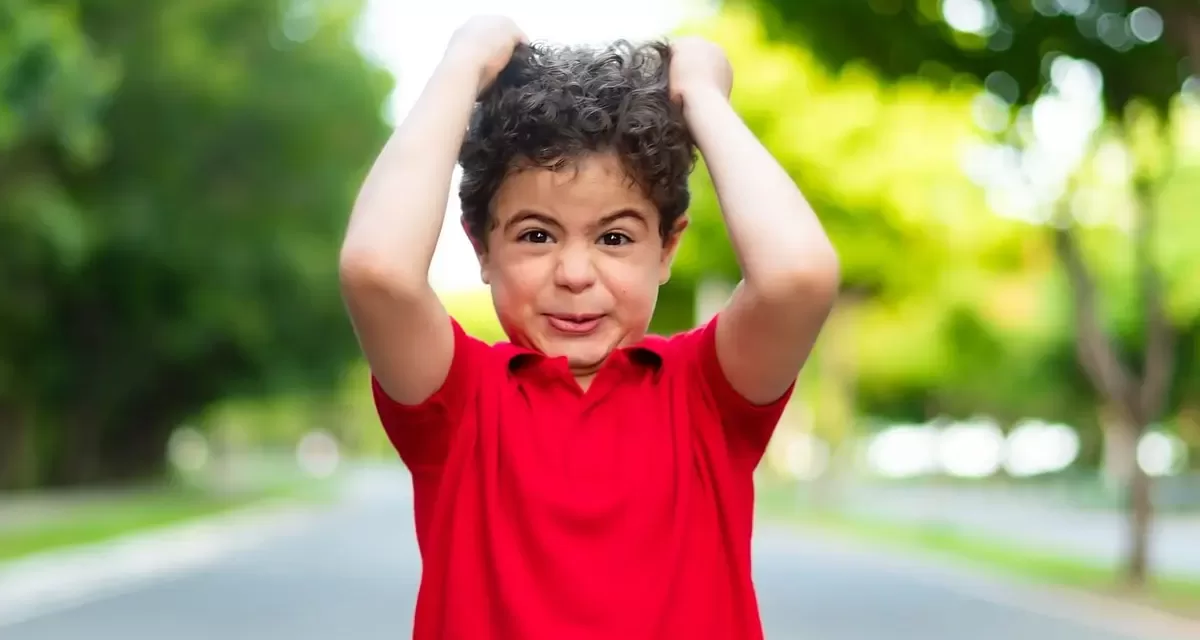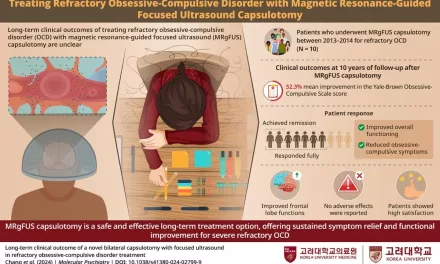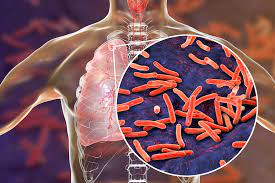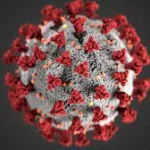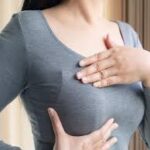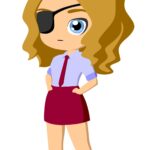Head lice affect millions of children every year, causing discomfort and inconvenience for both students and parents. These tiny parasites attach themselves to human hair and feed on blood, leading to itching and irritation. According to Patricia Brown, M.D., a dermatologist at the U.S. Food and Drug Administration (FDA), the number of head lice cases typically peaks during back-to-school periods in the fall and again in January.
Who is at Risk for Getting Head Lice?
Contrary to popular belief, head lice (Pediculus humanus capitis) do not discriminate based on personal hygiene or home cleanliness. The primary method of transmission is direct head-to-head contact, which is common among children who play together, engage in sports, or spend time in close quarters.
The Centers for Disease Control and Prevention (CDC) estimates that between 6 million and 12 million cases of head lice occur annually in the U.S. among children aged 3 to 11. These infestations primarily affect school-aged children and their household members. Importantly, head lice cannot be contracted from animals; they feed exclusively on humans.
Identifying and Treating Head Lice
Head lice are about the size of a sesame seed and range in color from tan to grayish-white. They lay their eggs (nits) on hair shafts close to the scalp. While lice themselves can be difficult to spot due to their speed, nits are easier to identify. Unlike dandruff, which flakes off easily, nits remain firmly attached to hair strands.
FDA-approved treatments for head lice include over-the-counter (OTC) and prescription medications available in shampoo, cream rinse, and lotion forms. Many treatment kits come with fine-tooth combs designed to help remove lice and nits. However, Brown cautions that many head lice treatments are not suitable for children under the age of two. Parents should read labels carefully and consult healthcare professionals or pharmacists for recommendations based on their child’s age and weight. All treatments should be administered under adult supervision.
Preventing Head Lice in Schoolchildren
To reduce the risk of lice infestations, parents and schools should implement preventive measures:
- Encourage children to avoid direct head-to-head contact during play, sports, and other group activities.
- Teach children not to share personal items such as hats, scarves, helmets, combs, brushes, and hair accessories.
- Disinfect combs and brushes used by an infested person by soaking them in hot water (130°F) for 5-10 minutes.
- Avoid lying on bedding, couches, or carpets that have recently been in contact with an infected individual.
- Regularly vacuum furniture and floors where an infested person has spent time, as lice cannot survive off the scalp for more than one or two days.
- Wash and dry clothing, bed linens, and personal items used by an infected person at high temperatures to kill lice and nits.
- Do not use insecticide sprays or foggers, as they are unnecessary and may pose health risks.
Following treatment, parents should check all family members for lice after several weeks. If live lice are found, it is advisable to consult a healthcare professional for further guidance.
Disclaimer: This article is for informational purposes only and should not replace professional medical advice. Always consult a healthcare provider for diagnosis and treatment options specific to your situation.
Source: U.S. Food and Drug Administration

